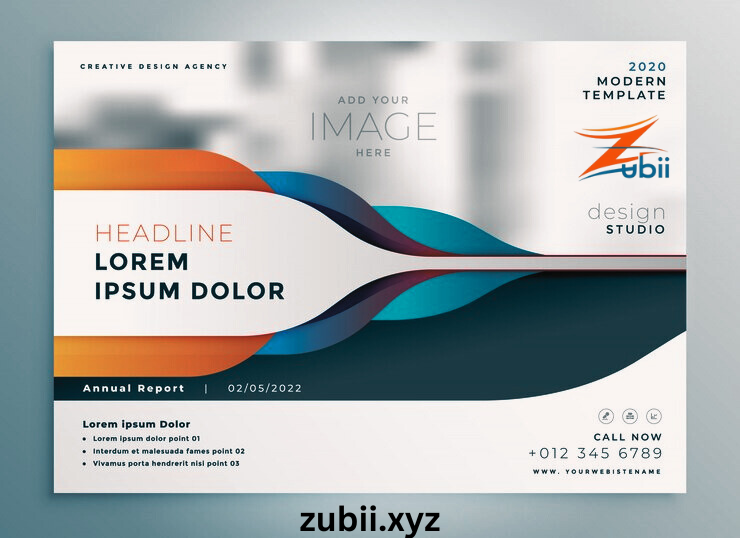Intro
In the digital landscape where attention spans are fleeting and competition is fierce, mastering layout design is paramount to crafting engaging visual experiences that captivate and retain your audience. At the intersection of artistry and functionality lies the essence of effective layout design. In this comprehensive guide, we delve into the intricacies of layout design, exploring techniques and principles that elevate your digital presence and set you apart from the crowd.
Fundamentals
The Importance of Layout Design
Layout design serves as the backbone of any visual composition, dictating how elements are arranged to communicate a cohesive message. It not only enhances aesthetics but also influences user interaction and comprehension. A well-designed layout guides the viewer’s eye, prioritizes content hierarchy, and reinforces brand identity.
Key Elements of Layout Design
Grid Systems
Grid systems provide a structural framework for organizing content, facilitating alignment and consistency across various screen sizes. By adhering to a grid, designers ensure coherence and readability, fostering a seamless user experience.
Typography
Typography plays a pivotal role in layout design, conveying tone, emotion, and hierarchy. Choosing the right fonts, sizes, and spacing enhances legibility and reinforces brand personality. Utilizing a harmonious blend of typefaces adds visual interest while maintaining clarity.
Visual Hierarchy
Establishing a clear visual hierarchy directs user attention and aids comprehension. Employing techniques such as size, color, contrast, and whitespace guides viewers through the content hierarchy, enabling them to absorb information intuitively.
Crafting Engaging Visual Experiences
Embracing White Space
White space, or negative space, is a powerful design element that breathes life into layouts. Embracing ample whitespace enhances readability, reduces cognitive load, and accentuates key elements. By strategically incorporating whitespace, designers create a sense of balance and sophistication, inviting users to engage with the content effortlessly.
Leveraging Visual Elements
Visual elements, such as imagery, icons, and illustrations, infuse personality and context into layouts. Thoughtfully curated visuals evoke emotion, convey meaning, and establish a memorable brand identity. Whether through stunning photography or custom illustrations, harnessing the power of visual storytelling captivates audiences and fosters lasting connections.
Prioritizing Mobile Responsiveness
With the proliferation of mobile devices, designing for responsiveness is non-negotiable. Responsive layouts adapt seamlessly to various screen sizes, ensuring optimal viewing experiences across devices. By prioritizing mobile responsiveness, brands expand their reach and deliver consistent experiences that resonate with users on the go.
Conclusion
Mastering layout design is an art form that requires a delicate balance of creativity and strategy. By understanding the fundamentals and implementing best practices, brands can elevate their digital presence and forge meaningful connections with their audience. Embrace whitespace, leverage visual elements, and prioritize mobile responsiveness to craft engaging visual experiences that leave a lasting impression.
